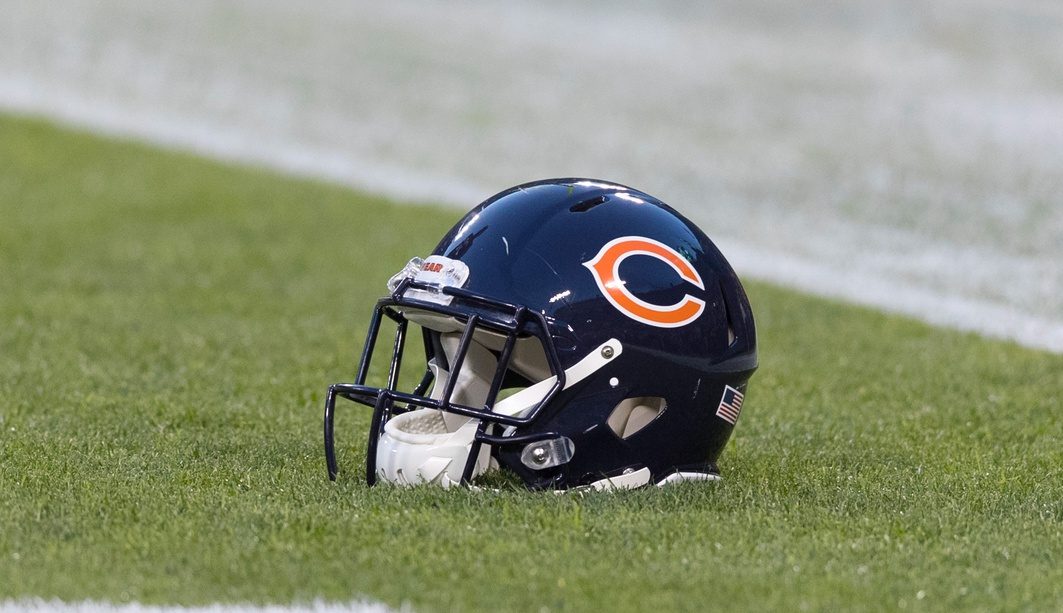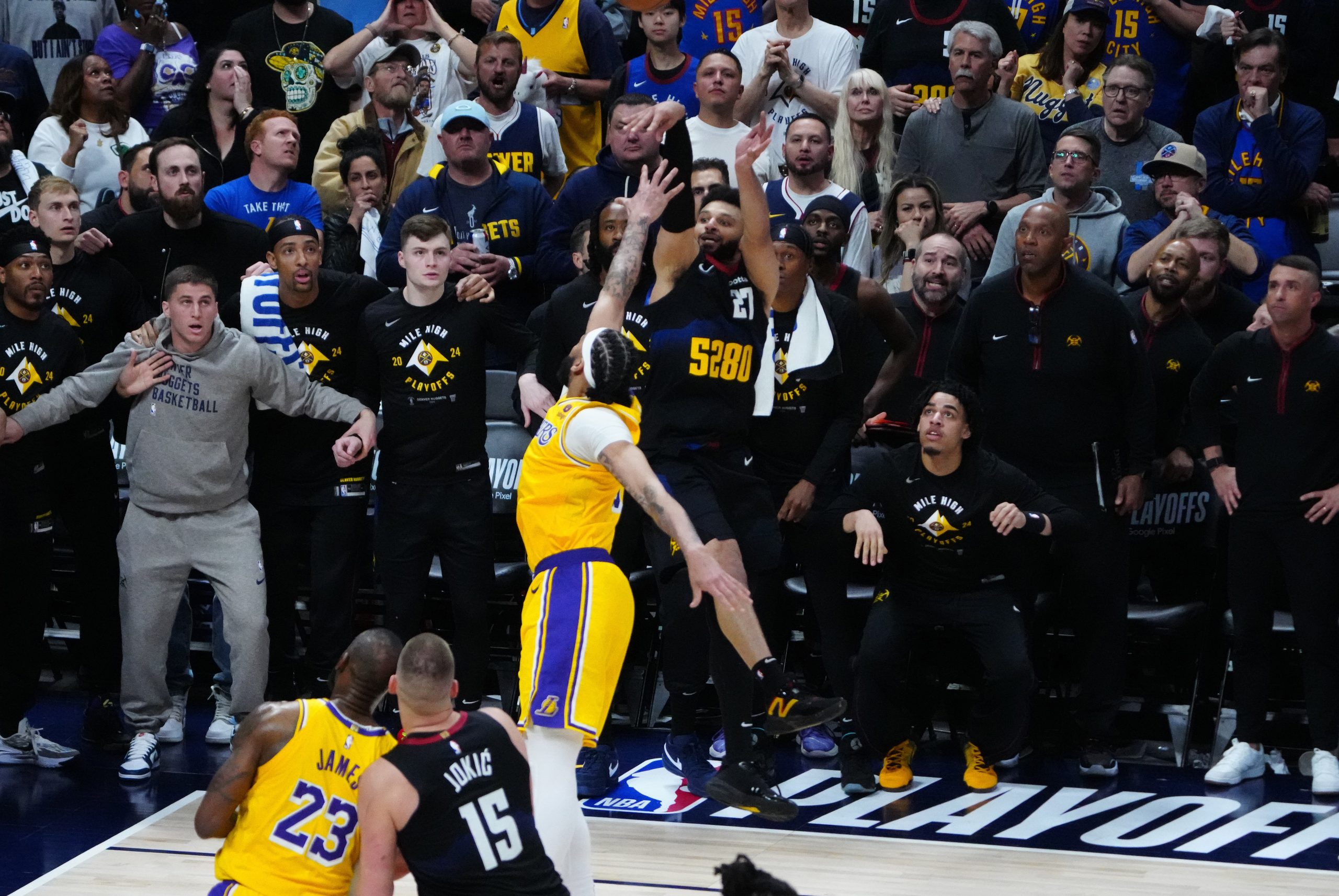I am a lifelong sports gamer. Going back to the first games I played on Atari, the draw of controlling something that resembled the sports I love has been an addiction. While I did spend just a little bit of time in the Pong era, it wasn’t until the NES days that my interest in video games became a full-fledged hobby. I was the video game kid. I subscribed to Nintendo Power Magazine. I loved it all. But especially sports games……and Mortal Kombat.
But let’s stick to sports.
Sports games as we know them burst into the mainstream during the 90s with the emergence of still-running franchises such as Madden NFL and NHL Hockey. These games were fast, exciting, and perfect to play with friends to quench an appetite for digital competition. However outside of the colors, logos, and general shape of the field of play, these games were hardly realistic by today’s standards. But that didn’t matter because they were fun and close enough to let your imagination take over. That tiny hockey-player-like image may not have had a face in NHL 94, but it didn’t stop me from living out my Stanley Cup dreams as a 5-goal-a-game center for the newly-created Florida Panthers.
To many, that was the golden age of sports gaming. Classics such as NHL 94 still influence current games such as the “NHL 94 Mode” in this year’s NHL 14. You may not find a single person who has a bad word to say about that game. And yet it was hardly realistic (can’t say I was passing to the point much or setting up the power play) and many of today’s most popular sports gaming complaints easily apply. But back then we didn’t care. It was fun – period.
Now we have higher standards for the realism in how these games act and how digital players make decisions. And that makes total sense when you consider the uncanny valley theory.
To quickly summarize, the uncanny valley basically states that as something looks more real, our brains will react negatively (and be downright creeped out) to slight imperfections. While our brains do not care about the imperfections of how something acts that doesn’t look realistic (NHL 94), we find ourselves repulsed by things that look real, but don’t act real. Here it is in chart form:
This is incredibly important to video games and now with the new generation it continues to be a massive challenge to developers like EA SPORTS and 2K Sports. With another generation, we have another jump in visuals. And if you haven’t been paying attention, the latest games look absolutely stunning. Features such as more intense/realistic crowds have been on the sports gamer wishlist for a lonnnnnnnng time, and the power of the PlayStation 4 and Xbox One look to be potentially delivering on the promise. The games have never looked better.
BUT
Will the games be better?
Or more specifically (and more measureable) will the online communities most dedicated and most vocal to the sports gaming world view them as better?
Since the Xbox 360 launch in 2005, there has been a noticeable trend in sports gaming comments. In short, video game characters don’t act as realistic as many (not all) gamers expect. The blocking should be better, the safety should react a certain way, the goalie should anticipate X, the pass should have gone to the PG instead of the PF, the manager should have made a pitching change…. With every iteration of Madden NFL there seems to be recurring complaints of what would otherwise be small details such as the ways the players on the sideline [don’t] interact or the position of the referee. Could you imagine people lodging these same complaints at Madden 94?
But that is what brings us back to the uncanny valley in action when it comes to sports games. The simple explanation is that the ability for developers to make a game that looks great has simply outpaced the technology of artificial intelligence in video games. Starting with the 360/PS3, the games started to truly look real. With the PS4/Xbox One, even MORE real. Meanwhile the artificial intelligence…the brains of the players…is still a series of codes and algorithms programmed by passionate and incredibly talented video game developers (but not, say, the MIT Computer Science and Artificial Intelligence Laboratory). The end results are somewhat pre-recorded animations.
And that is perfectly ok…awesome even.
But our brains are wired to notice and be repulsed by the slight imperfections of something trying to replicate reality. And for many in the sports gaming community, it is incredibly difficult to differentiate from what the game looks like and where we are in programming how it acts. So that leads to the complaints. “That guy looks real, he should act real.”
So what should the expectation be? For me, it is important to take sports video games for what they are. They are an incredible achievement of technology to let us experience and imagine our passions for sports. They ignite my competitive side and allow me to experience my favorite teams and sports on a whole different level. They allow me to experience the joy of a sports win – a feeling that you cannot find outside of sports.
The PlayStation 4 and Xbox One will bring us closer to the field than ever before. It will bring home the gameday experience like never before. But will the uncanny valley still be too steep to overcome for the vocal communities?
Either way, I am excited to find out starting this week. I have FIFA pre-ordered.
—
At full disclosure, Brad Epstein is not just a sports video game enthusiast, but has been on the inside as a brand marketing guy for EA SPORTS from 2008-2011. He worked at the Electronic Arts Tiburon Studio – home of Madden NFL, NCAA Football, and Tiger Woods PGA Tour. He taught Derek Jeter to play FIFA (well…just PKs). You can follow Brad at @EpicEpstein.

![final_2_watermarked[1]](https://cdn1.thecomeback.com/wp-content/uploads/2013/11/final_2_watermarked1-1024x575.jpg)
![Wpdms_fh_uncanny_valley_3[1]](https://cdn1.thecomeback.com/wp-content/uploads/2013/11/Wpdms_fh_uncanny_valley_31-300x186.jpg)





